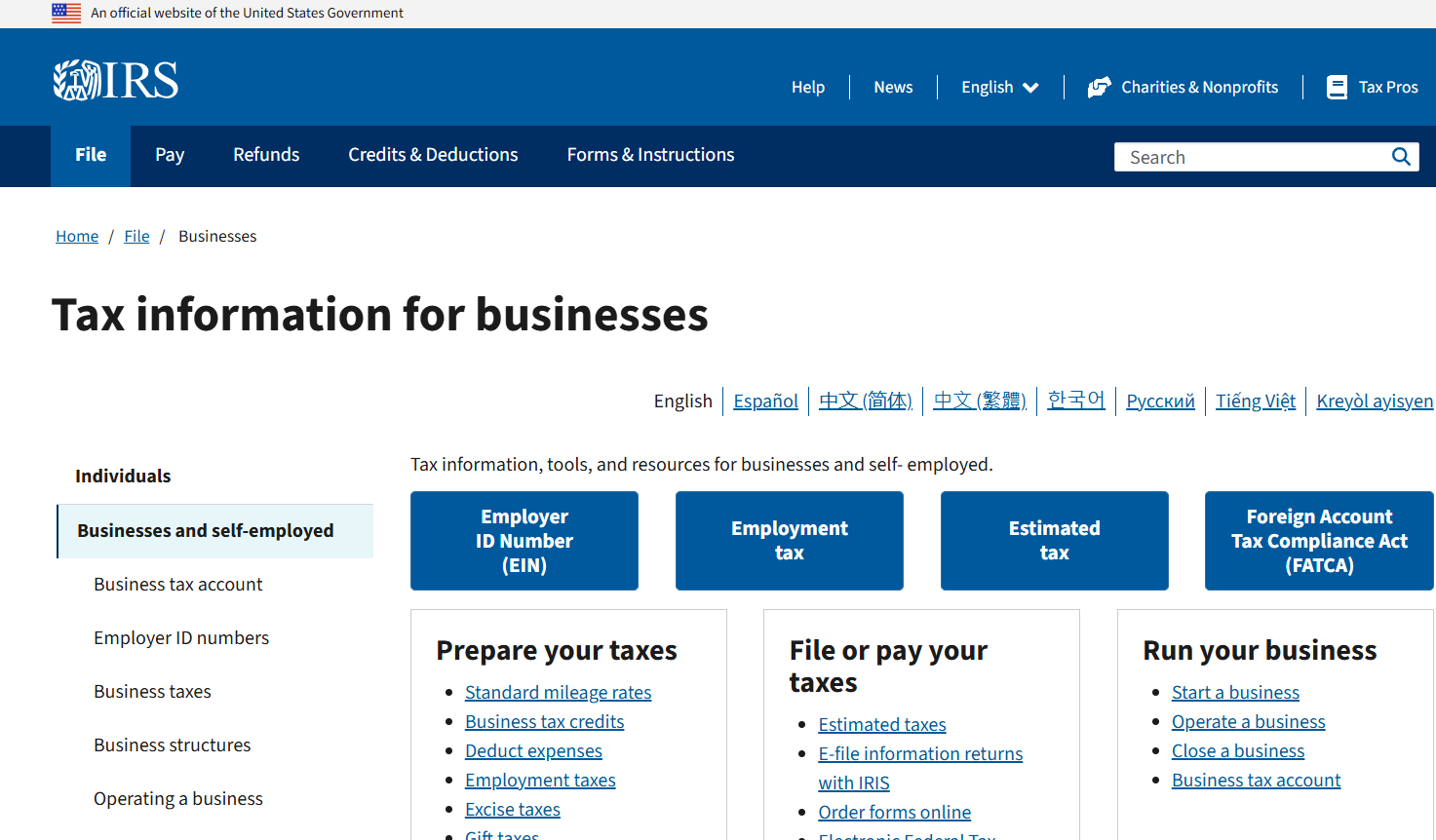Work Opportunity Tax Credit

By Aleksandr Gershengorn
December 18, 2017
Employers can qualify for a tax credit known as the work opportunity tax credit that is worth as much as $2,400 for each eligible employee ($4,800, $5,600 and $9,600 for certain veterans and $9,000 for “long-term family assistance recipients”). The credit is generally limited to eligible employees who began work for the employer before Jan. 1, 2020. The credit, calculated as described below, is available on an elective basis for employers hiring individuals from one or more of 9 targeted groups.
Generally, an employer is eligible for the credit only for qualified wages paid to members of a targeted group. These groups are: (1) qualified members of families receiving assistance under the Temporary Assistance for Needy Families (TANF) program, (2) qualified veterans , (3) qualified ex-felons, (4) designated community residents, (5) vocational rehabilitation referrals, (6) qualified summer youth employees, (7) qualified members of families in the Supplemental Nutritional Assistance Program (SNAP), (8) qualified Supplemental Security Income recipients, (9) long-term family assistance recipients, and, beginning in 2016, long-term unemployed individuals.
A new hire qualifies for a veterans target group, if the individual is:
- A veteran who is a member of a family that received SNAP benefits (food stamps) for at least a 3-month period during the 15-month period ending on the hiring date;
OR
- A disabled veteran entitled to compensation for a service-connected disability, who has been:
- Hired within 1 year of discharge or release from active duty, OR
- Unemployed for at least 6 months in the year ending on the hiring date;
OR
- A veteran who has been unemployed for:
- At least 4 weeks in the year ending on the hiring date; OR
- At least 6 months in the year ending on the hiring date.
Also note that to have veteran’s status to be eligible for WOTC, an individual must:
- Have served on active duty (not including training) in the U.S. Armed Forces for more than 180 days, OR have been discharged or released from active duty for a service-connected disability; AND
- Not have a period of active duty (not including training) of more than 90 days that ended during the 60-day period ending on the hiring date.
For each employee, there is also a minimum requirement that the employee must have completed at least 120 hours of service for the employer.
Also, the credit isn’t available for certain employees who are related to the employer or work more than 50% of the time outside of a trade or business of the employer (e.g., working as a maid in the employer’s home).
Additionally, the credit generally isn’t available for employees who have previously worked for the employer.
For employees other than summer youth employees, the credit amount is calculated under the following rules. The employer can take into account up to $6,000 of first-year wages per employee ($10,000 for “long-term family assistance recipients”; $12,000, $14,000 or $24,000 for certain veterans). If the employee completed at least 120 hours but less than 400 hours of service for the employer, the wages taken into account are multiplied by 25%. If the employee completed 400 or more hours, all of the wages taken into account are multiplied by 40%. Thus, under the above rules, the maximum credit available for the first-year wages is $2,400 ($6,000 × 40%) per employee ($4,000 [$10,000 × 40%] for “long-term family assistance recipients”; $4,800, $5,600 or $9,600 [$12,000, $14,000 or $24,000 × 40%] for certain veterans). Additionally, for “long-term family assistance recipients”, there is available a 50% credit for up to $10,000 of second-year wages, resulting in a total maximum credit, over two years, of $9,000 [$10,000 × 40% plus $10,000 × 50%). The “first year” referred to above is the year-long period which begins with the employee’s first day of work, and the “second year” is the year that immediately follows.
For summer youth employees, the rules in the preceding paragraph apply, except that the employer can only take into account up to $3,000 of wages, and the wages must be paid for services performed during any 90-day period between May 1 and Sept. 15. Thus, for summer youth employees, the maximum credit available is $1,200 ($3,000 × 40%) per employee.
You should be aware that (1) no deduction is allowed for the portion of wages equal to the amount of the work opportunity credit determined for the tax year; (2) other employment-related credits are generally reduced with respect to an employee for whom a work opportunity credit is allowed; and (3) the credit is subject to the overall limitations on the amount of business credits that can be taken in any tax year, but a 1-year carryback and 20-year carryforward of unused business credits is allowed. Because of these three rules, there may be circumstances in which the employer might, under an available election, elect not to have the work opportunity credit apply.
You should also be aware that there are some additional rules that, in limited circumstances, prohibit the credit or require an allocation of the credit.
Please see the links below for more information about the credit and application process:
Department of Labor – https://www.doleta.gov/business/incentives/opptax/wotcEmployers.cfm
State of Illinois – http://www.ides.illinois.gov/Pages/Work_Opportunity_Tax_Credit.aspx










